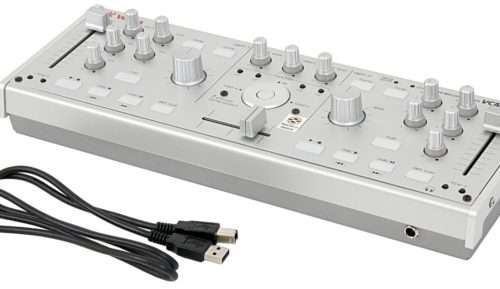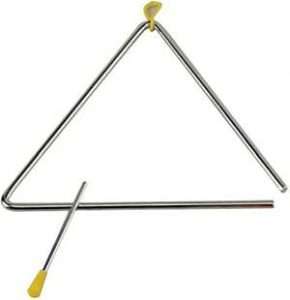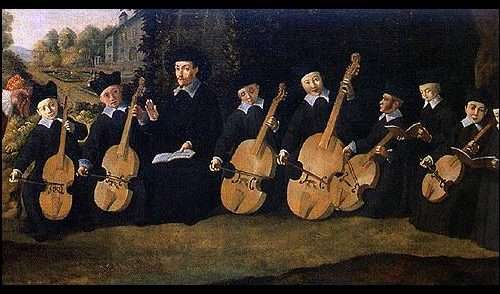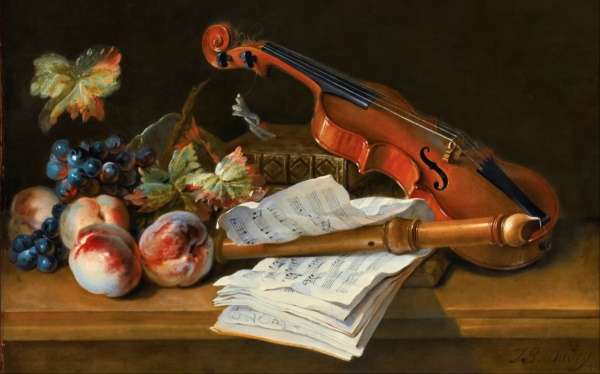
Violin History
Contents
Today, the violin is associated with classical music. The sophisticated, sophisticated look of this instrument creates a bohemian feel. But has the violin always been like this? The history of the violin will tell about this – its path from a simple folk instrument to a skillful product. The making of the violin was kept secret and handed down personally from master to apprentice. The lyrical musical instrument, the violin, plays a leading role in the orchestra today not by chance.
Violin prototype
The violin, as the most common bowed string instrument, is called the “queen of the orchestra” for a reason. And not only the fact that there are more than a hundred musicians in a large orchestra and one third of them are violinists confirms this. The expressiveness, warmth and tenderness of her timbre, the melodiousness of her sound, as well as her enormous performance possibilities rightfully give her a leading position, both in a symphony orchestra and in solo practice.

Of course, we all imagine the modern appearance of the violin, which was given to it by famous Italian masters, but its origin is still unclear.
This issue is still being debated to this day. There are many versions of the history of this tool. According to some reports, India is considered the birthplace of bowed instruments. Someone suggests that China and Persia. Many versions are based on the so-called “bare facts” from literature, painting, sculpture, or on early documents confirming the origin of the violin in such and such a year, in such and such a city. From other sources, it follows that many centuries before the appearance of the violin as such, almost every cultural ethnic group already had similar bowed instruments, and therefore it is not advisable to look for the roots of the origin of the violin in certain parts of the world.
Many researchers consider the synthesis of such instruments as the rebec, the fiddle-like guitar and the bowed lyre, which arose in Europe around the 13th-15th centuries, as a kind of prototype of the violin.
Rebec is a three-stringed bowed instrument with a pear-shaped body that smoothly passes into the neck. It has a soundboard with resonator holes in the form of brackets and a fifth system.
The guitar-shaped fidel has, like the rebec, pear-shaped, but without a neck, with one to five strings.
The bowed lyre is closest in external structure to the violin, and they coincide in time of appearance (approximately the 16th century). The history of the Lear violin has a violin-shaped body, on which corners appear over time. Later, a convex bottom and resonator holes in the form of efs (f) are formed. But the lyre, unlike the violin, was multi-stringed.
The question of the history of the origin of the violin in the Slavic countries – Russia, Ukraine and Poland is also considered. This is evidenced by icon painting, archaeological excavations. So, three-stringed gensle and huts are attributed to Polish bowed instruments , and smyki to Russian ones. By the 15th century, an instrument appeared in Poland, close to the current violin – violin , in Russia with a similar name – skripel.
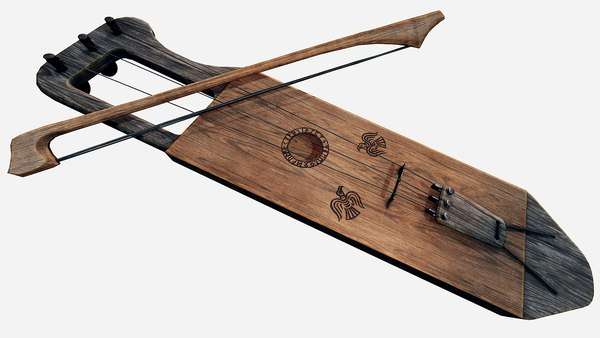
In its origin, the violin was still a folk instrument. In many countries, the violin is still widely used in folk instrumental music. This can be seen in the paintings by D. Teniers (“Flemish Holiday”), H.V.E. Dietrich (“Wandering Musicians”) and many others. The violin was also played by wandering musicians who went from city to city, participated in holidays, folk festivals, performed in taverns and taverns.
For a long time, the violin remained in the background, noble people treated it with disdain, considering it a common instrument.
The beginning of the history of the modern violin
In the 16th century, two main types of bowed instruments clearly emerged: viola and violin.
Undoubtedly, we all know that the violin acquired its modern look in the hands of Italian masters, and violin making began to develop actively in Italy around the 16th century. This time can be considered the beginning of the history of the development of the modern violin.
The very first Italian violin makers were Gasparo Bertolotti (or “da Salo” (1542-1609) and Giovanni Paolo Magini (1580-1632), both from Brescia, in northern Italy. But very soon Cremona became the world center of violin production. And, of course, the members of the Amati family (Andrea Amati – the founder of the Cremonese school) and Antonio Stradivari (a student of Nicolò Amati, who perfected the look and sound of the violin) are considered the most outstanding and unsurpassed masters of the violin. of the family; his best violins surpass those of Stradivari in their warmth and sonority of tone) completes this great triumvirate.
For a long time, the violin was considered an accompanying instrument (for example, in France it was only suitable for dancing). Only in the 18th century, when music began to sound in concert halls, did the violin, with its unsurpassed sound, become a solo instrument.
When the violin appeared
The first mention of the violin dates back to the beginning of the 16th century, in Italy. Although not a single instrument of those years has been preserved, scholars make their judgments based on the paintings and texts of that time. Obviously, the violin evolved from other bowed instruments. Historians attribute its appearance to such instruments as the Greek lyre, the Spanish fidel, the Arabic rebab, the British crotta, and even the Russian four-string bowed jig. Later, by the middle of the 16th century, the final image of the violin was formed, which has survived to this day.

The country of origin of the violin is Italy. It was here that she got her graceful appearance and gentle sound. The famous violin maker, Gasparo de Salo, took the art of violin making to a very high level. It was he who gave the violin the appearance that we know now. The products of his workshop were highly valued among the nobility and were in great demand at musical courts.
Also, throughout the 16th century, a whole family, the Amati, was engaged in the manufacture of violins. Andrea Amati founded the Cremonese school of violin makers and improved the musical instrument violin, giving it graceful forms.
Gasparo and Amati are considered the founders of violin craftsmanship. Some products of these famous masters have survived to this day.
The history of the creation of the violin
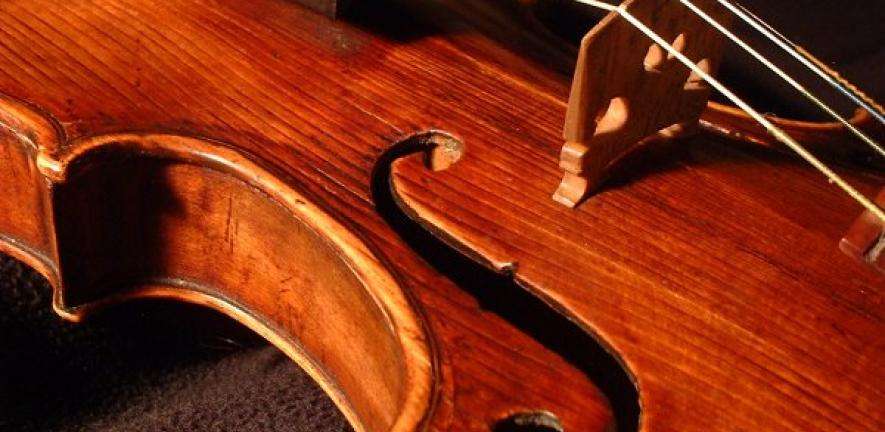
At first, the violin was considered a folk instrument – it was played by itinerant musicians in taverns and roadside taverns. The violin was a folk version of the exquisite viol, which was made from the best materials and cost a lot of money. At some point, the nobility became interested in this folk instrument, and it became widespread among the cultural strata of the population.
So, in 1560 the French king Charles IX ordered 24 violins from local masters. By the way, one of these 24 instruments has survived to this day, and is considered one of the oldest on Earth.
The most famous violin makers remembered today are Stradivari and Guarneri.
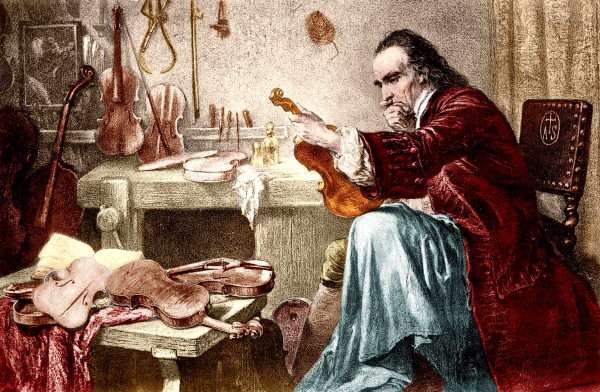
Antonio Stradivari was a student of Amati because he was born and lived in Cremona. At first he adhered to the Amati style, but later, having opened his workshop, he began to experiment. Having carefully studied the models of Gasparo de Salo and taking them as the basis for the manufacture of his products, Stradivari in 1691 produced his own type of violin, the so-called elongated – “Long Strad”. The master spent the next 10 years of his life perfecting this outstanding model. At the age of 60, in 1704, Antonio Stradivari presented the world with the final version of the violin, which no one has yet been able to surpass. Today, about 450 instruments of the famous master have been preserved.
Andrea Guarneri was also a student of Amati, and also brought his own notes to violin making. He founded a whole dynasty of violin makers in the late 17th and 18th centuries. Guarneri made very high-quality, but inexpensive violins, for which he was famous. His grandson, Bartolomeo Guarneri (Giuseppe), an Italian master of the early 18th century, created skillful instruments played by outstanding violinists – Nicolo Paganini and others. About 250 instruments of the Guarneri family have survived to this day.
When comparing the violins of Guarneri and Stradivari, it is noted that the sound of Guarneri’s instruments is closer in timbre to a mezzo-soprano, and Stradivari’s to a soprano.
Musical instrument violin
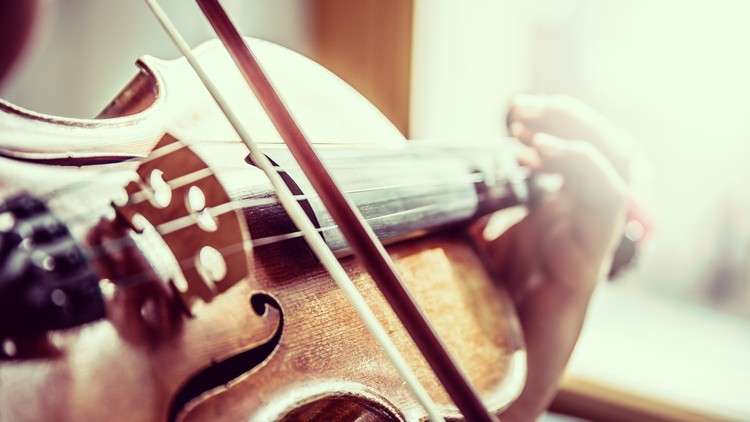
The sound of the violin is melodic and soulful. A study of the history of the violin shows us how it turned from an accompanying instrument into a solo one. The violin is a high-pitched stringed musical instrument. The sound of the violin is often compared to the human voice, it has such a strong emotional impact on the listeners.
The first solo violin work “Romanescaperviolinosolo e basso” was written by Biagio Marina in 1620. Around this time, the violin began to flourish – it received universal recognition, became one of the main instruments in orchestras. Arcangelo Corelli is considered the founder of artistic violin playing.



